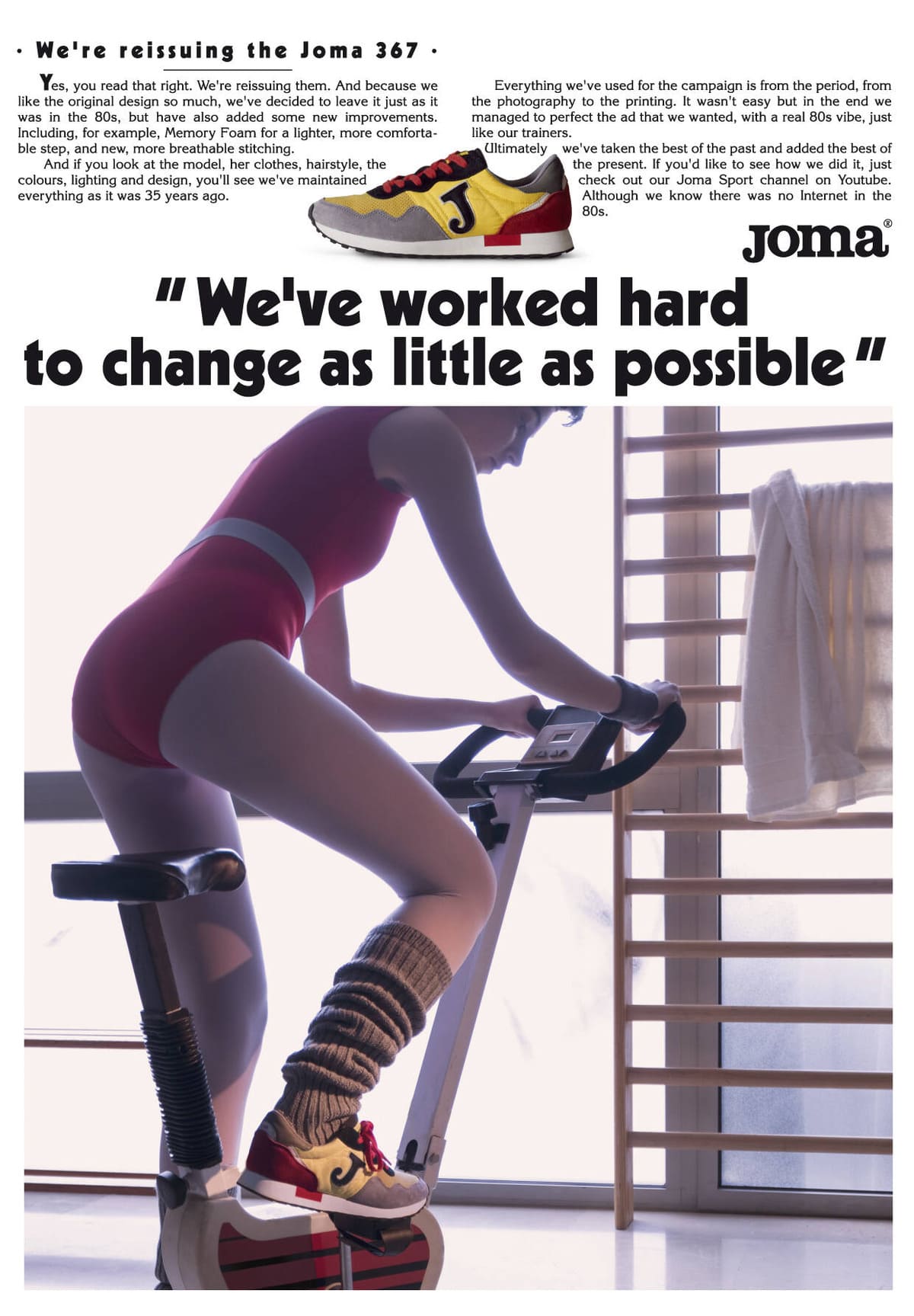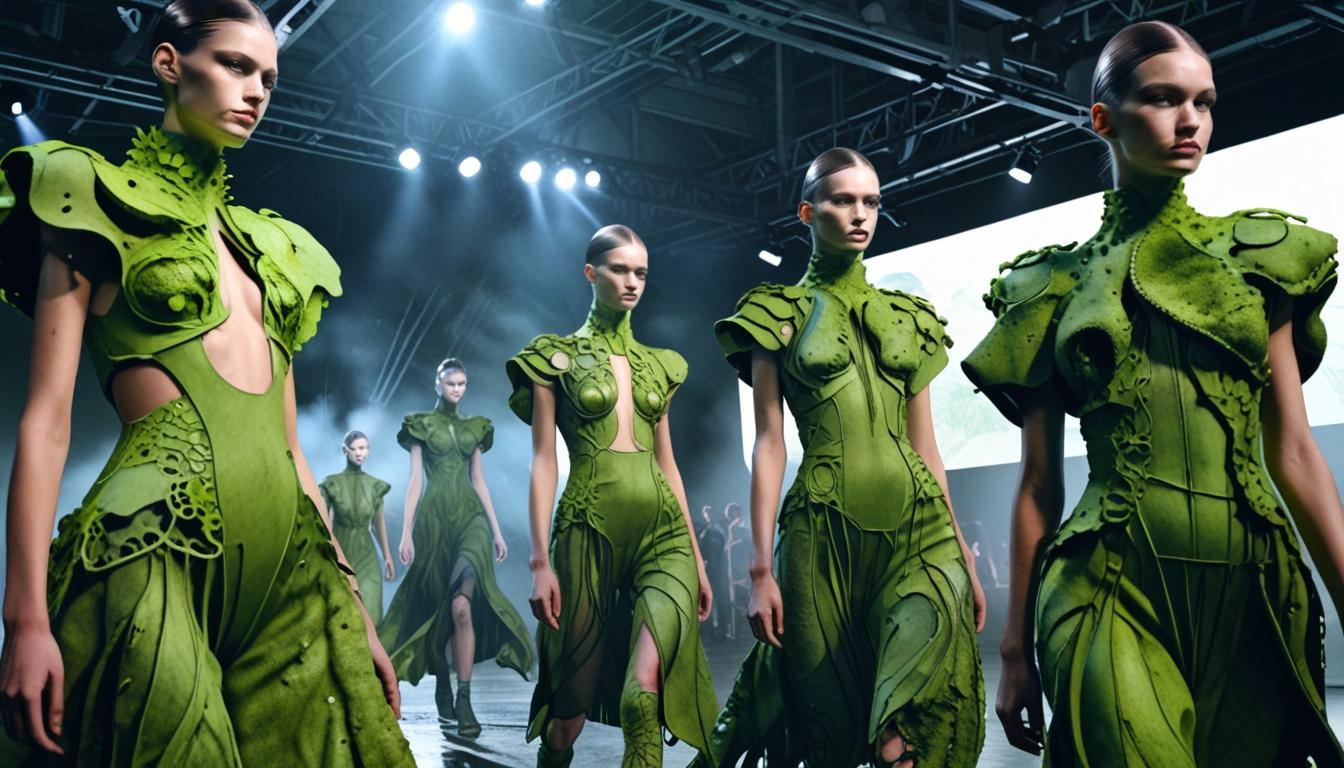Explore the transformative journey of women’s tailored suits from the early 20th century to modern interpretations, highlighting their role in reflecting societal changes and gender equality.
The evolution of women’s tailored suits traces a significant chapter in fashion history, reflecting changes in gender roles and societal expectations over the decades. According to History is Now Magazine, this journey began in the early 20th century, especially during the 1920s and 1930s, when women began entering the workforce in larger numbers due to economic pressures and the aftermath of World War I. Designers like Coco Chanel played a pivotal role in this shift by introducing practical and comfortable tailored clothing that incorporated simple lines and a more masculine silhouette, thus allowing women greater freedom of movement and a departure from traditional, restrictive styles.
The 1940s marked another transformative period, as the demands of World War II compelled women to take over roles traditionally held by men. With this shift, functionality in clothing became paramount, leading to the popularization of utility suits characterized by broad shoulders, fitted waists, and knee-length skirts. These suits served as informal uniforms for working women and symbolized their contributions to the war effort and their growing presence in public life.
Significant social changes characterized the 1960s and 1970s, periods marked by the rise of the feminist movement. Women began to challenge societal norms, opting for more comfortable and practical attire over traditional clothing. The introduction of the miniskirt by designer Mary Quant represented a cultural shift toward freedom and rebellion against conservative fashion. Additionally, the adoption of trousers and jeans by women was seen as a bold statement of equality. The 1970s further intensified these changes, as feminists embraced androgynous styles and unisex clothing that blurred gender distinctions. This era also witnessed the emergence of the “power suit,” a tailored ensemble featuring jackets and trousers that became synonymous with women’s empowerment in the workforce.
The 1980s is often labeled the golden age of the power suit, reflecting a culture of ambition and excess. Power suits from this decade showcased bold features, including exaggerated shoulders and wide lapels, complemented by blouses that sported dramatic elements. Designers such as Giorgio Armani and Donna Karan became associated with this style, which epitomized confidence and authority for women in corporate environments.
As the 1990s approached, the aesthetic of power suits began to evolve. The exaggerated styles of the previous decade gave way to more minimalist and streamlined designs. The rise of business casual attire emerged, but power suits remained essential in professional wardrobes, thanks to designers like Calvin Klein and Ralph Lauren, who offered sophisticated options suitable for various settings.
In the 21st century, the interpretation of the power suit has expanded to reflect diverse modern styles. The garment continues to symbolize empowerment, adapting to the evolving roles of women in leadership across numerous industries. Modern power suits come in a variety of cuts, colors, and styles, showcasing individuality and personal expression. High-profile figures, including politicians and celebrities, have adopted power suits, each imprinting their unique flair onto this iconic garment. Notably, Vice President Kamala Harris has been frequently photographed in power suits paired with sneakers, symbolizing her modern interpretation of female empowerment as she campaigns for positions of authority.
The historical development of the female power suit represents not only a fashion evolution but also the ongoing struggle for gender equality. Emerging from the practical needs of working women in the early 20th century to today’s bold and diverse representations, the power suit remains a potent symbol of strength, confidence, and independence in women’s fashion, continually adapting to reflect broader societal changes.
Source: Noah Wire Services




